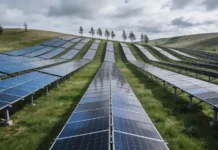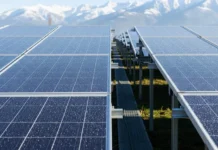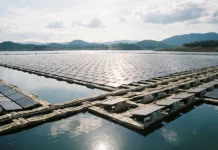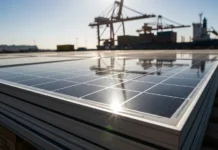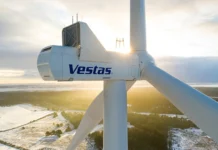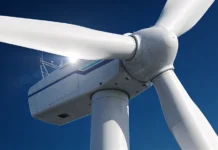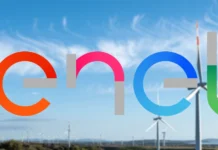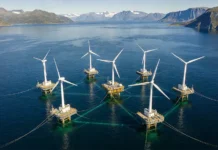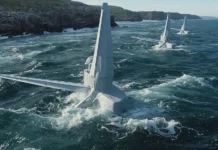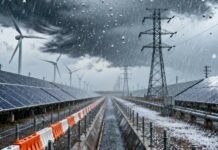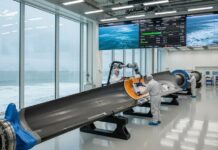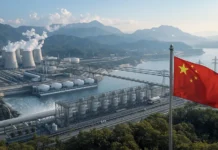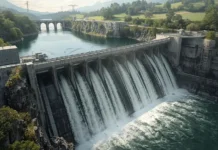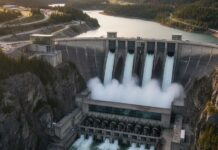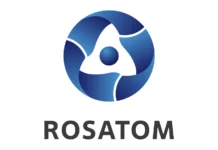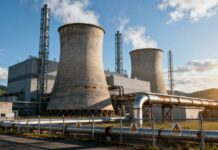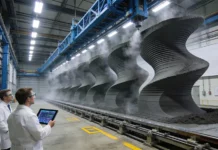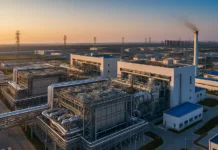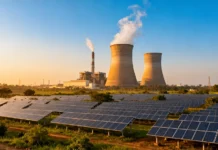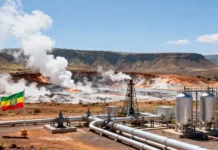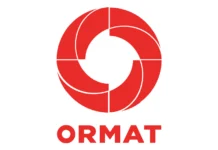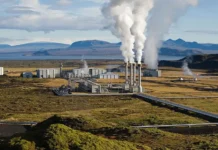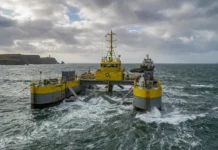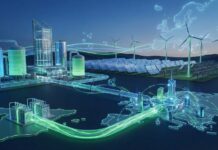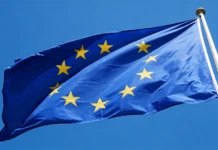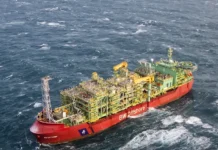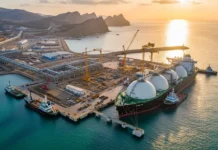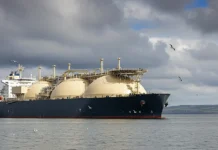GE Digital unveiled a new version of its DER Orchestration software to enable electric utilities to manage and orchestrate Distributed Energy Resources (DERs) in an end-to-end manner via flexible deployment options ranging from Edge to Cloud. DERs are either electric energy producing or storing resources or controllable loads that are connected to an electric distribution system. As part of GE Digital’s Grid software portfolio, DER Orchestration 2.0 provides operators with the requisite tools and situational intelligence to recognize developing situations and act quickly and decisively, orchestrating flexibility across the grid for both utility and non-utility DERs, while unlocking new revenue streams.
Customers such as PPL Electric Utilities in the United States are using our DER Orchestration solutions, and EDP Distribuição is testing it in a real demo in Portugal under the ‘InteGrid’ European Commission funded project.
DERs can include solar panels, wind turbines, combined heat and power plants, electricity energy storage, small natural gas-fueled generators, electric vehicles and any type of controllable loads, such as HVAC systems and electric water heaters. Increasing levels of DERs are impacting electric utilities’ safe and efficient delivery of electricity. Operations are challenged to effectively utilize both utility-owned and third-party owned DERs due to limited visibility. Effective management of DERs requires modeling and awareness of physical and contractual characteristics, and locations throughout a broad range of applications, spanning planning and operational domains.
DER Orchestration 2.0 helps electrical grid operators address two key challenges: intermittency and dispersion. Intermittency presents a problem for utilities as the energy injected or withdrawn by DERs is intermittent, with flow tied to how the wind blows and the sun shines, as well as how prosumers want to consume/generate/store energy for their DER-related housing, transportation or energy efficiency services. The fact that DERs are geographically dispersed across the Distribution grid further complicates matters. GE Digital’s solution enables operators to anticipate potential violations DERs could cause by processing historical data and explanatory variables to generate forecasts of load and intermittent generation from DERs, as well as identify location, severity and timing of potential reliability issues.
“Now more than ever, software is mission critical,” said Jim Walsh, GE Digital General Manager, Grid Software. “In today’s fast-changing and uncertain environment, our customers are on the front line of the world’s toughest industrial challenges and DERS may well prove to be the most disruptive influence in the history of the electric grid. Our DER Orchestration solutions can significantly increase the volume of renewable imports onto the electric grid, effectively manage DERs as non-wire alternatives to costly grid and generation upgrades and orchestrate DERs from planning through to control.”
The DER Orchestration Forecasting module provides additional algorithms to further expand a utility’s ability to anticipate potential grid violations despite the intermittency of renewables and DERs. New algorithms for the forecasting of wind turbine generation sites mix the best of physical forecasting and machine learning. Machine learning enables utilities to factor in any real-life bias that may exist between wind and weather patterns and a wind generator’s actual generation output, while physical forecasting enables utilities to represent wind turbines’ rare limit “behaviors,” such as high wind cut-offs.
In addition, the Forecast Adaptation functionality enables users to tune the forecasts (load, photovoltaics or wind) to real-time measurements in case a systematic bias is detected during the latest minutes of operation. Finally, an enhanced modeling capability enables utilities to address more use cases of Forecasting across Transmission and Distribution (T&D) which is essential to address the coordination required for DERs.
DER Orchestration 2.0 also provides a gateway enabling the ADMS to communicate with DERs via the most comprehensive industry open standard for DER communications: the IEEE 2030.5 protocol.
This protocol allows utilities to monitor, control, and send schedules over a wide range of media, including the Internet, to single or grouped DERs, or directly to DER aggregators.
IEEE 2030.5 allows utilities to communicate with numerous large and small, utility and non-utility, DERs to monitor and fully unlock their real power, reactive power and autonomous control potentials.
An enhanced user interface (UI) for the ADMS user provides a system drill-down view of DERs based on their as-operated grid connections. The user can view DERs at any selected grid hierarchy level, along with their status, dynamic capabilities, and availability for grid services. The availability for grid services is the result of both the technical abilities of the DER, as well as potential limitation of the interconnection or aggregation contracts. The ADMS operator can dispatch individual or groups of DERs in various control modes, while being aware of the dispatch’s real-time grid impact.
DER Orchestration 2.0, part of GE Digital’s ADMS solution, is now generally available. To learn more, please go to “Orchestrating DERs at Scale Across the Electric Grid and Its Prosumers.” Webinars on End-to-End DER Orchestration Visibility and the IEEE 2030.5 Gateway are also available for viewing.


